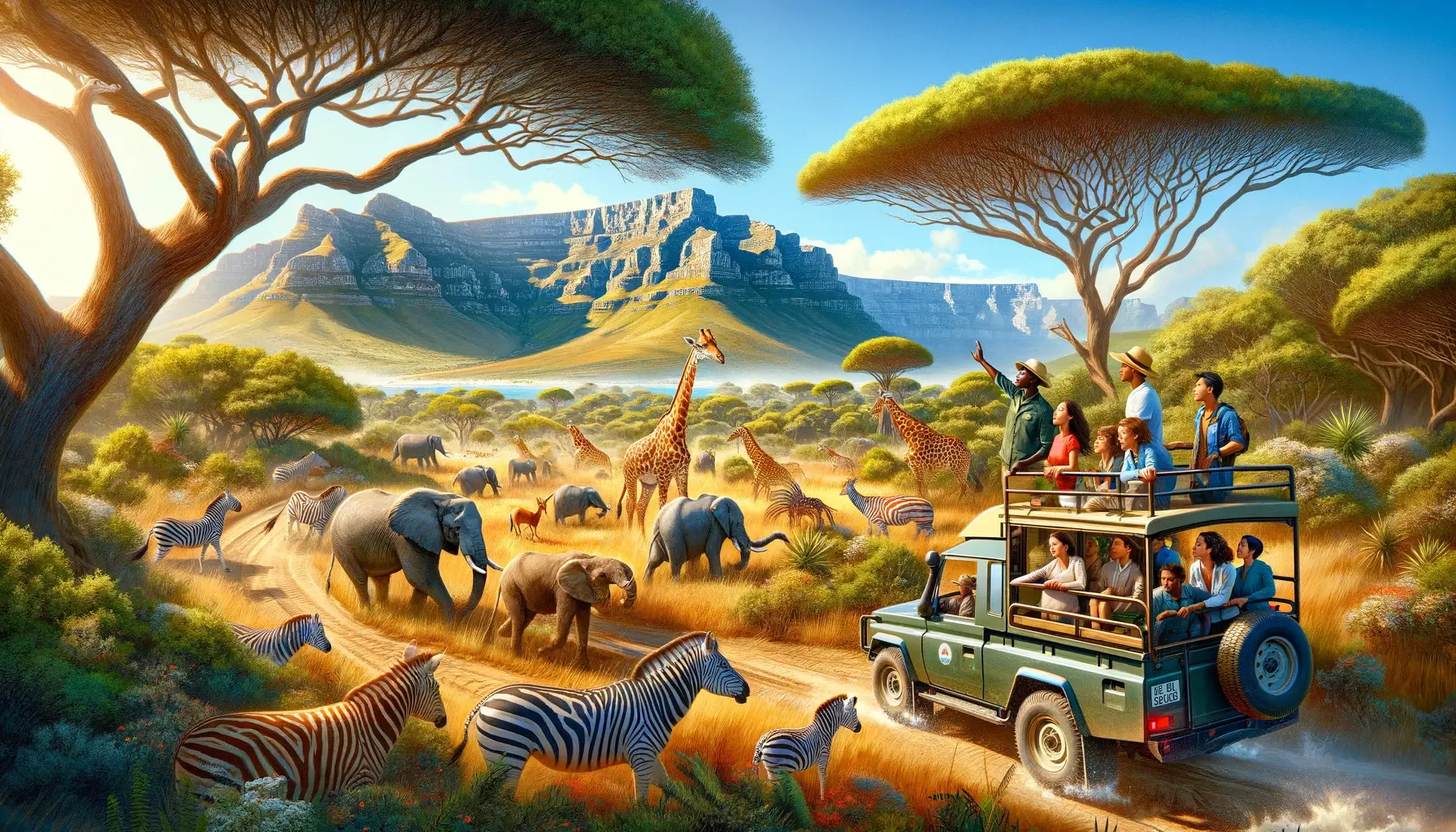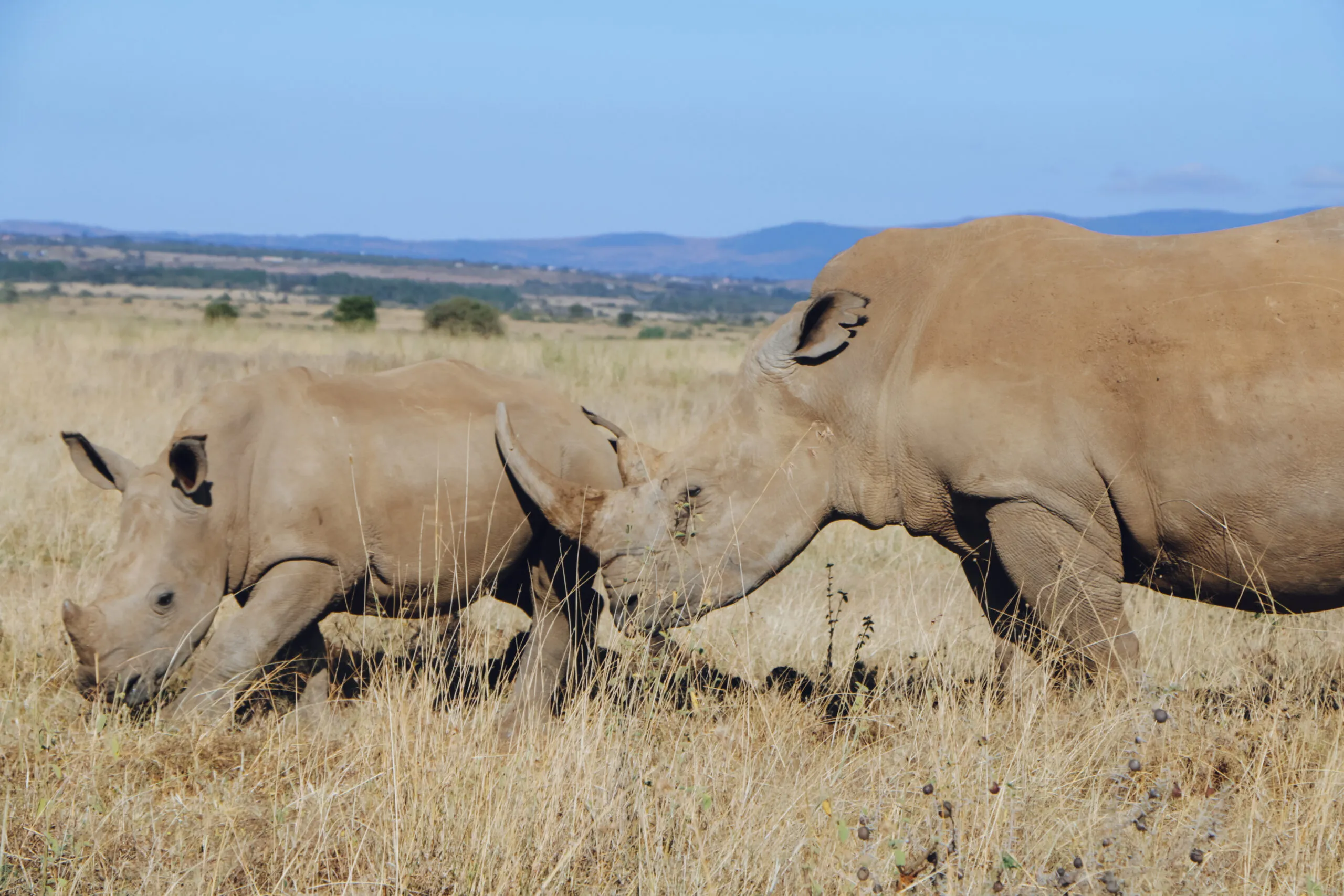One of the top questions travelers ask is 'When is the best time for a safari in Tanzania?'
While there are definitely popular tourism seasons, other factors depend on one’s personal preference. Read on to discover your ideal season to visit Tanzania, based on your tastes and travel interests.
Weather is key
While other destinations may have traditional summer, winter, fall, and spring seasons, Tanzania is situated near the equator and the Indian Ocean, meaning that its weather patterns are equatorial and tropical.
There are two distinct seasons in Tanzania: wet and dry. The wet season is the rainy season, while the dry season is sunny and sometimes hot. Each season has its pros and cons, which are discussed further below.
When selecting your safari dates, keep in mind that Tanzania’s weather typically fits into these seasons, however, it is fairly common to experience sunny afternoons after a morning of rain during Tanzania’s wet season and occasionally rain during the dry season.
The seasons in Tanzania
January - March
These early months of the year are typically the hottest time of year in Tanzania (peaking in February). This season is generally dry, and is one of the most popular times for safaris. Parks may feel a bit crowded, especially around the New Year.
Animals may be seen crowding around rivers and lakes for water, as other sources dry up.
Tarangire National Park is especially popular during this time, as zebras and gazelles come to the Tarangire River for water, and are soon followed by predators, such as lions and leopards, making this a major destination to spot all kinds of wildlife.
March - May
Mid-March through May is the “long rainy season”, marked by nights and mornings of rain. Typically, the sun makes an appearance in the afternoon and evenings are serene and peaceful.
The rains make everything lush, green, and the animals are lively and active in the parks, with adequate sources of water everywhere.
However, some rough roads in the parks may be impassable due to flooding or deep mud. Main roads in the parks are typically fine, and several parks, and Ngorongoro Conservation Area, have many sections of road which are paved and will not have any issues with driving.
This season sees significantly fewer tourists, and nearly all of the accommodations offer discounts for the low season. Guests who don’t mind rainy mornings have shared that their safari during the rainy season felt like an intimate, secluded adventure because they felt like they had the whole park to themselves to watch the incredibly active animals in the damp, green forests.
June - September
This period is considered the “cold” season in Tanzania. While for locals, the weather is cold (and you will see people wearing winter coats and hats), those visiting from other climates find the weather pleasant and fresh. Bring a jacket for chilly mornings, but afternoons are nice and generally sunny, and the weather is dry during this time.
This is another popular travel season in Tanzania, with many visitors in the national parks.
If you’re not a fan of hot weather, this is the ideal time to visit during Tanzania’s dry season. This is also a common time for viewing the Great Migration in Serengeti National Park.
October - December
The short rains generally fall sometime between October and December, and the weather gets warmer as the end of the year approaches.
October is also the time when the jacaranda trees across East Africa bloom - a truly beautiful spectacle of trees crowned with purple flowers. In December, the Flame Trees blossom, turning a vibrant red just before Christmas.
Christmas is a popular time for tourists to visit Tanzania and often the short rains have stopped by mid-December as well. Many visitors plan something special to mark the holiday season, such as summiting Mount Kilimanjaro to commemorate the day. Hotels and lodges may serve a special holiday meal for guests.
The weather in December is usually considered ideal; however, parks and accommodations may feel more congested than other times of the year.

